MBST® is designed to stimulate cells to regenerate, helping to promote healing, relieve pain and support active living with an improved quality of life.
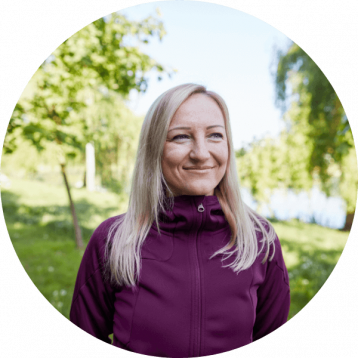

“After only two months, the wound was finally closed and healed.”
Almost 3 million people in Germany alone suffer from chronic wounds.1 In people with wound healing disorders, such as those with diabetes, circulatory problems, immunodeficiency or infections, natural wound healing processes can be hindered or disrupted. This can lead to chronic wounds that can take weeks, months, or even years to heal after an injury or surgery.
When the skin is injured, the body’s own healing process sets in immediately, with a series of complex processes working together to repair the tissue. Most of the time, this happens without any complications: the body closes the wound, replaces damaged tissue with new cells, and restores the skin’s protective barrier.
If a wound hasn’t healed within 8–12 weeks, a wound is considered chronic. These wounds can extend through multiple layers of skin, sometimes even reaching the bone. Open wounds carry a significant risk of infection from bacteria.
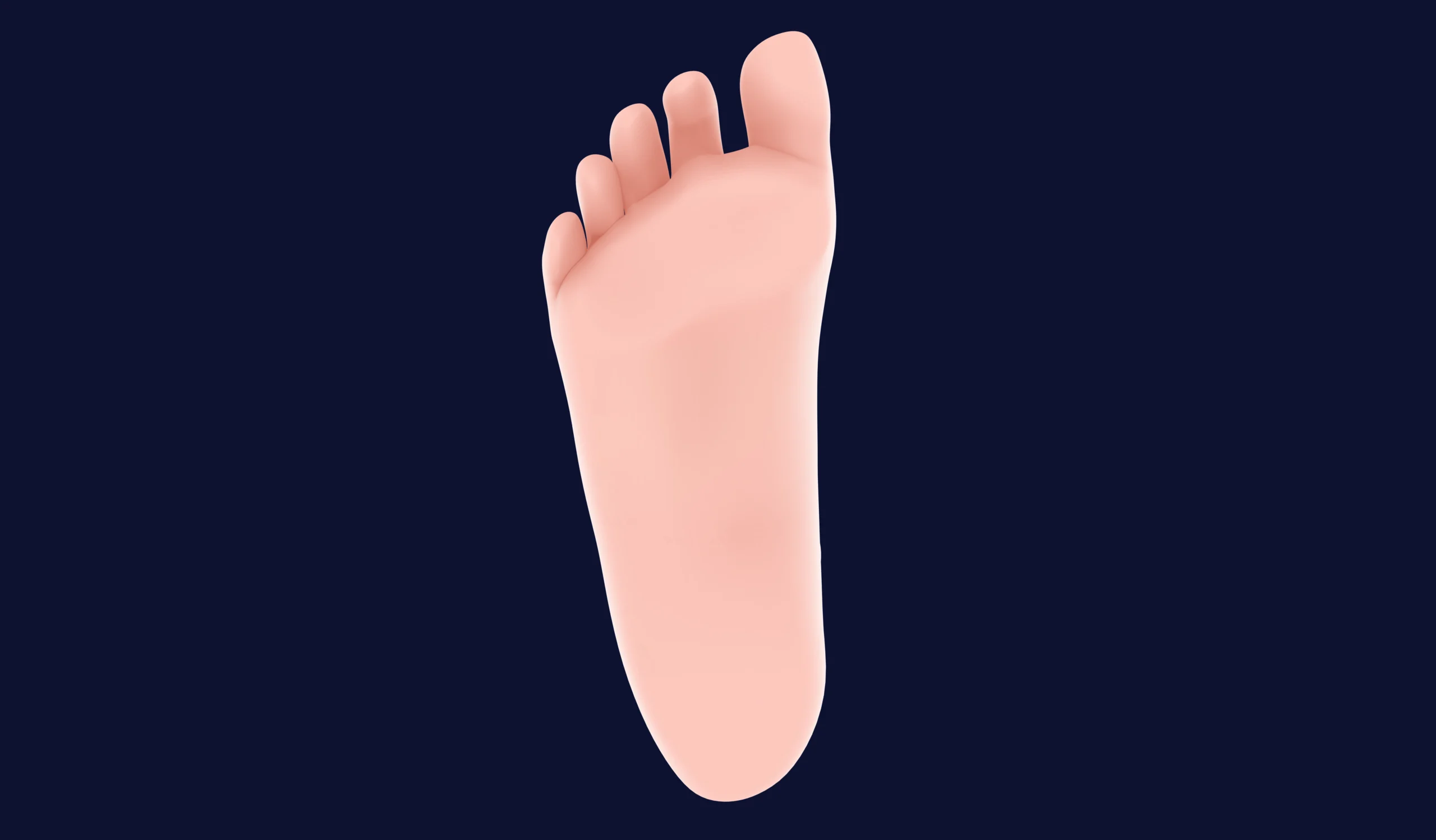
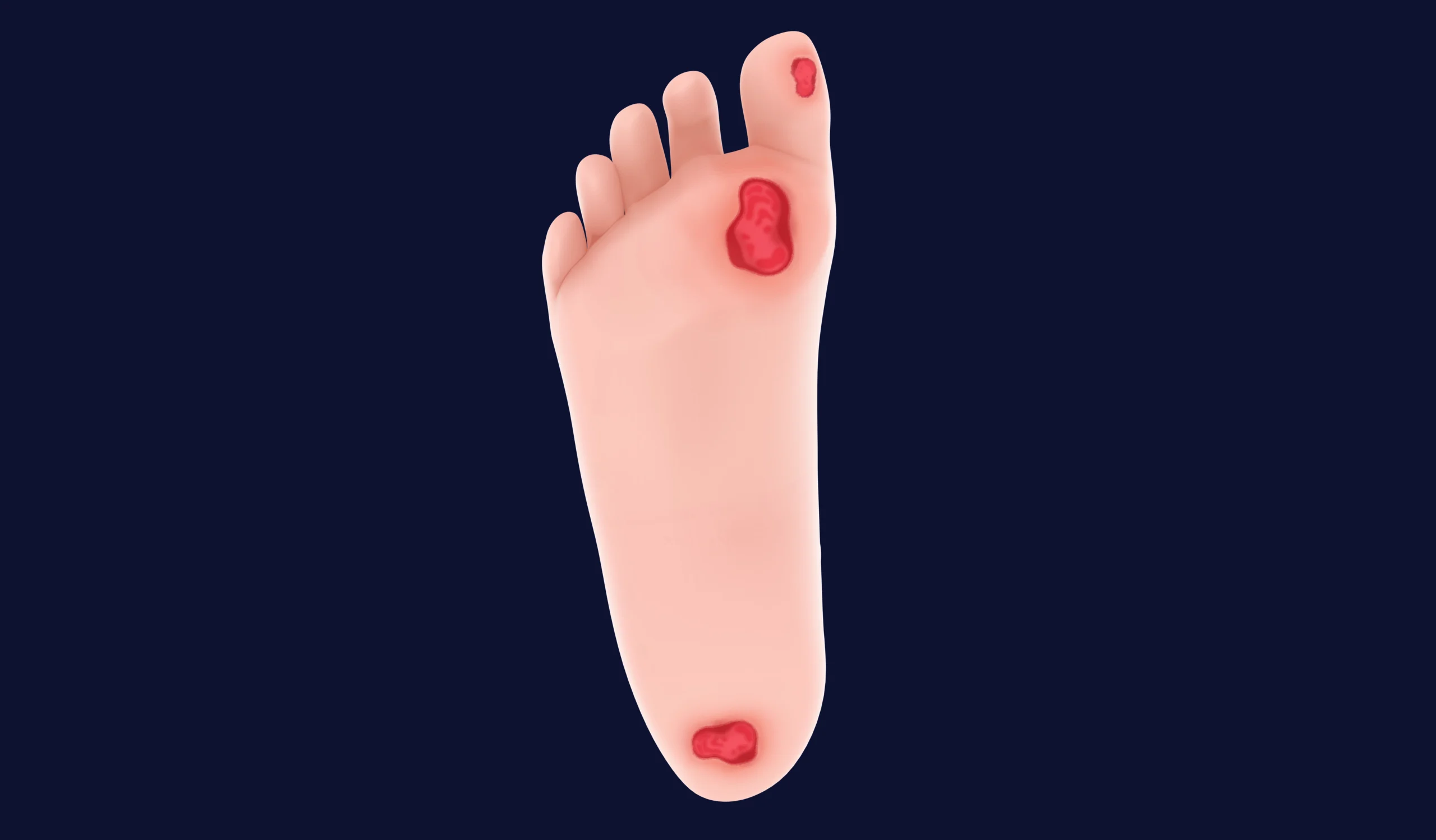
The healing of chronic wounds is often slow and complicated. Tissue damage and inflammation reduce blood flow to the affected area, slowing the healing process.
Various treatments, such as debridement or vacuum-assisted closure (VAC) therapy, are used to create optimal conditions for the body’s natural healing processes. Sometimes, even skin transplants become necessary. Most of these methods can be uncomfortable or painful for the patient.
Chronic wounds usually severely reduce the quality of life. Not only the persisting pain and limited mobility are a problem but additional symptoms such as oozing, smelling and an unpleasant look of the wound can be hard to bear.2 A faster healing process can make a significant difference to a patient’s quality of life.

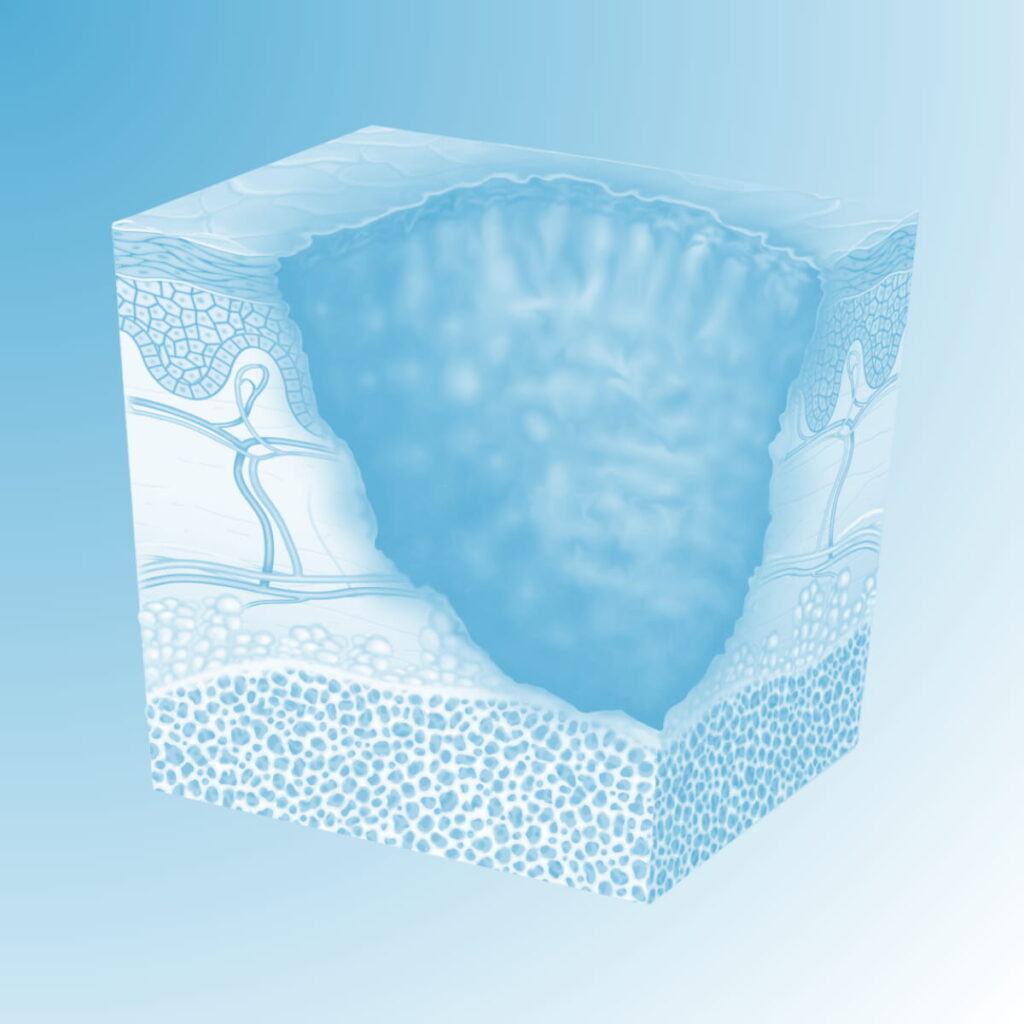
MBST® aims at promoting the body’s own regenerative potential which is especially important in the case of chronic wounds. By stimulating cells, MBST® encourages several biophysical processes within the cells. 3-7
This may activate natural repair processes to promote regeneration of healthy tissue and support wound healing
Scientific studies, conducted in collaboration with various universities, confirm the positive effects of MBST® on pain signalling pathways and inflammatory reactions.3,4,6
Clinical data from a specialist wound healing centre shows that chronic wounds, that had on average persisted for over 260 days, healed faster when the patients were additionally treated with MBST® than in the group without MBST® treatment. Wound size and depth were reduced and the general condition of the wound improved.8
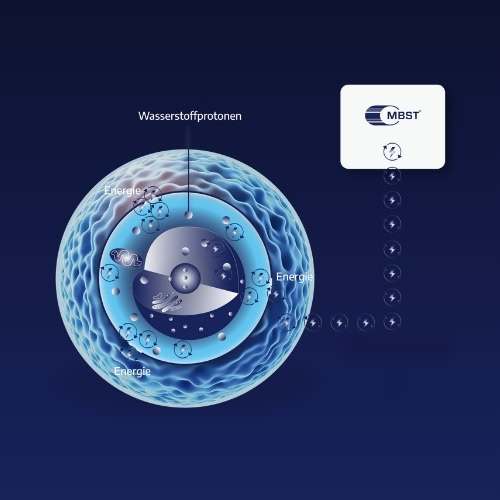
MBST aims to support the body’s natural regeneration mechanisms where they take place: in the cells.
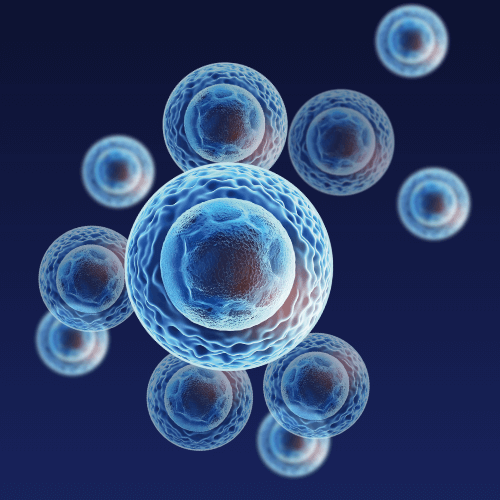
By targeted stimulation, several biophysical processes within the tissue are encouraged which may promote regeneration and tissue building.
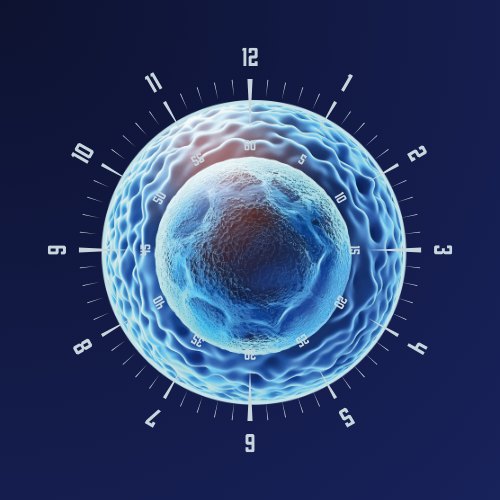
In the case of chronic wounds, MBST is used with the aim of promoting healthy tissue conditions so that the body’s own healing processes can be restored.
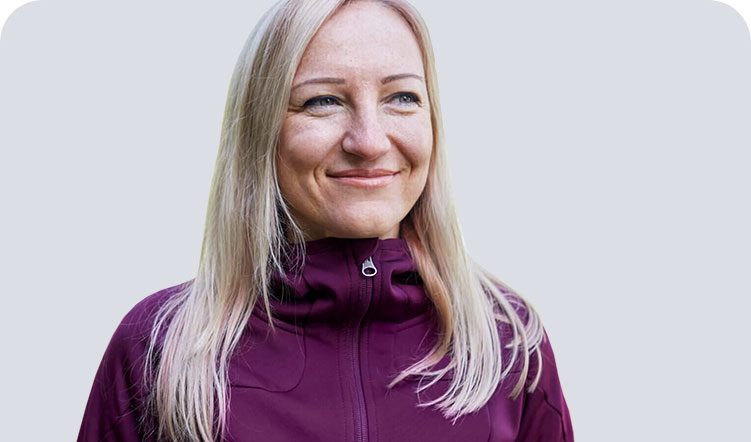
“After only two months, the wound was finally closed and healed.”
There have been no reported side effects of MBST® therapy in more than 25 years of application and about 2 million hours of treatment.
Patient data shows a significant reduction in pain could be verified even years after the therapy.9 If necessary, the MBST® treatment can be repeated any number of times.
MBST cannot counter damages over night that have developed over a long time. If you do not feel an immediate effect, this is not a sign of a failed treatment but always depends on the individual. Many patients, however, report rapid improvements in mobility and pain, even freedom of pain – sometimes already during the ongoing treatment series.8-11
This popup shows the full story from each testimonial when “Story lesen” is clicked. You don’t need to edit this text — it will be replaced automatically.